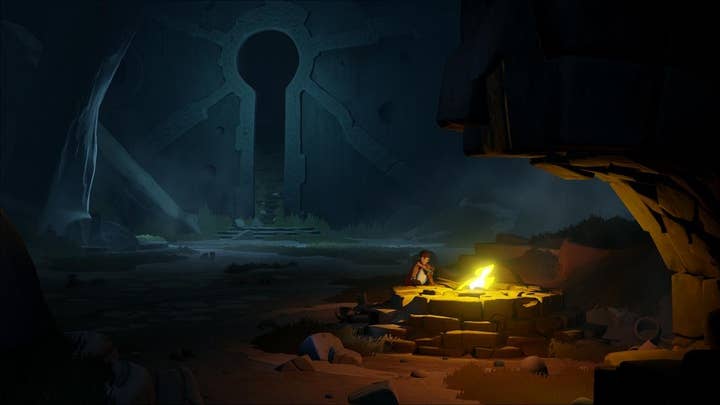Epic on Unreal Engine 4: "It's the right time to be democratic"
European boss Mike Gamble sees a much bigger market outside of AAA for Epic's engine
The Unreal Engine 4 represents a return to, "core values," for Epic Games, one partially forced upon it by the unforeseeable changes that have altered the games industry since the launch of the Unreal Engine 3 in 2006.
Speaking to GamesIndustry.biz at Gamescom, Epic's European manager, Mike Gamble, referred to the earliest days of the company, when its games would be released under a shareware model, complete with tools and editors. Epic's lucrative middleware business grew out of that tradition, and Unreal Engine 3 became virtually the default third-party choice for console developers in the last generation,
However, the subsequent growth of the independent development community demanded a new, more "democratic" approach for UE4.
"With UE3, we were perceived as the AAA engine: very expensive, quite elite, and pretty establishment"
"It's a return to when Epic was founded," Gamble said. "The world's turned a couple of times since then, and we're back where we started. The market is such now that it's possible to be democratic, and that actually it's the right thing to do now. The business models are there for independents to build products and get them to market, so it's the right time to do that ... It's the right time again for everybody to have a go."
Gamble insisted that UE3 was more approachable and more affordable than its reputation suggested, but over the course of the last console generation that reputation became difficult to shake.
"With UE3 we were massively successful, but we were perceived as the AAA engine: very expensive, quite elite, and pretty establishment, actually. Even though our business models haven't changed that much. the perception was it was a huge amount of money, you could never afford it, it's too complex for indie projects.
"Five or six years years ago, there just wasn't that mass market of independent developers. The world has changed, for the better - clearly."
UE4 was built so that it could scale to meet the needs of products of very different sizes and ambitions, so it was also necessary to approach the pricing structure with fresh eyes. In March this year, Epic introduced a $19-a-month subscription service, and then opened that up to console developers just over a month later.
"It's that middle ground that did exist, then ceased to exist, and should exist again"
"A challenge we face is communicating that subscriptions exist," Gamble said. "The uptake has been fantastic, but in reality we're still communicating with a relatively core audience. There's still lots of lots people out there who need to hear about it that could afford it. There's a bigger market out there, and that's something we have to learn how to communicate with."
Though Gamble didn't explicitly say so, that larger market is likely one that Epic hasn't properly addressed in the past, which suggests a clear overlap between the customers it wants for UE4, and the sort of customers on which Unity Technologies' entire business is built. Unity introduced a subscription model nearly a full year before the Unreal Engine, and its ambition to become a force in AAA and console development is plain to see. Gamble won't be drawn on what appears to be a slowly intensifying competition, though he does point to the Unreal Engine 4's capabilities at the higher end of development as a distinct selling point.
Indeed, this could be how Epic makes its mark on the new console generation. Publishers like EA, Activision and Ubisoft are trending toward fewer franchises composed of larger games, while Microsoft, Nintendo and particularly Sony have been more active than ever in opening up to the new generation of small developers.

However, Gamble sees a gap in between those two poles, exemplified by ambitious products like Hello Games' No Man's Sky, Tequila Works' Rime (which is being made with UE4) and Ninja Theory's Hellblade - games that, in terms of production values, are almost indistinguishable from the the industry's biggest franchises, but won't demand as much time or money from the consumer. This kind of product could become a defining trend over the next few years, and Gamble believes that the Unreal Engine 4 is well placed to serve that need.
"It's that middle ground that did exist, then ceased to exist, and should exist again," Gamble said. "At one end you have people like Mike Bithell doing really interesting work, but there's a common aesthetic to it. And at the top end you have Titanfall and the really, really big projects.
"But in the middle, and particularly in Europe, you have a lot of really good and really high quality that don't want to fit into either camp. They're carving out a new niche."

